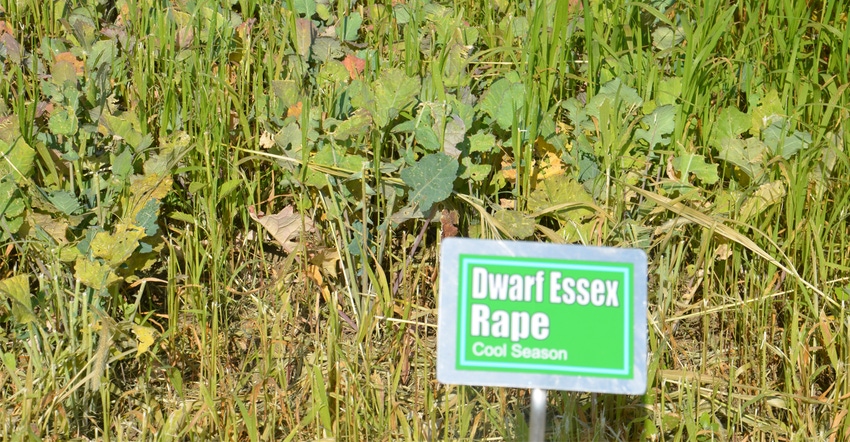August 2, 2021

Last fall I heard a few producers comment in the coffee shop that they couldn’t seem to get cover crops planted early. I really didn’t hear any reason why, just that they couldn’t. Most who were involved in this conversation were close to being done harvesting. There was, instead, a lot of talk about fall tillage, liming, fall fertilizing and herbicide applications for marestail control in the fall.
Most of the producers who were there plant some cover crops. None of them are procrastinators by any stretch. In fact, they have very nice, well-kept farms — but perhaps they might reconsider what is the highest priority on the to-do list for fall work. If there is time for tillage directly behind the combine, there is probably time to get cover crops planted.
What are your priorities after harvest? Certainly, it is a good time for fall applications of lime and fertilizer, and possibly treating those marestail rosettes so you get ahead of them. But it is also a good time to plant cover crops.
Do you wait beyond ideal times to plant your corn or soybean crops in the spring if weather cooperates? The later in the season you wait to get your cover crop planted, the fewer the choices you have of species that will thrive and grow to meet the purpose for which they’re planted. There are certainly a lot more species that can be planted early than can be planted at the eleventh hour. Your list of options quickly narrows down to mainly cereal rye by early November.
Look for opportunities
Drilling the cover crop or seeding with very light incorporation with a vertical tillage tool usually improves quality of the cover crop stand, especially if the soil is dry. Drilling is the preferred method for cover crops planted after Oct. 1. Drilling provides good seed-to-soil contact and is more likely to have moisture available without drying out the soil.
Cover crops planted later should be allowed to grow longer in the spring for them to achieve good root growth and a higher carbon-to-nitrogen ratio in top growth. This growth will last longer into the season and help fulfill the purposes they were planted for.
Last-minute cereal rye cover crop plantings, especially those sown in early November, dampen the growth potential some. Letting the cereal rye grow longer in the spring can still provide some quality benefits, such as suppressing weeds, scavenging nitrogen, building organic matter and perhaps becoming a feed source for livestock. Cereal rye can germinate in temperatures as low as 34 degrees F and is one of the first cover crops to start growing in the spring.
Shelton is a state agronomist and grazing specialist with the Natural Resources Conservation Service. He writes on behalf of the Indiana Conservation Partnership.
You May Also Like




